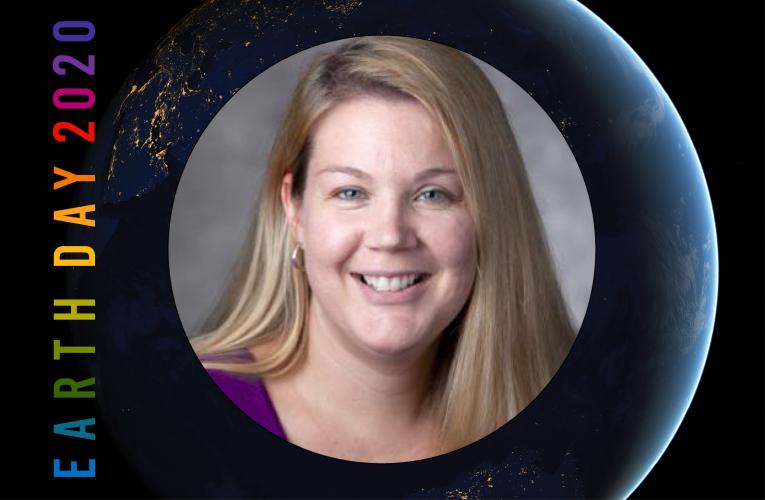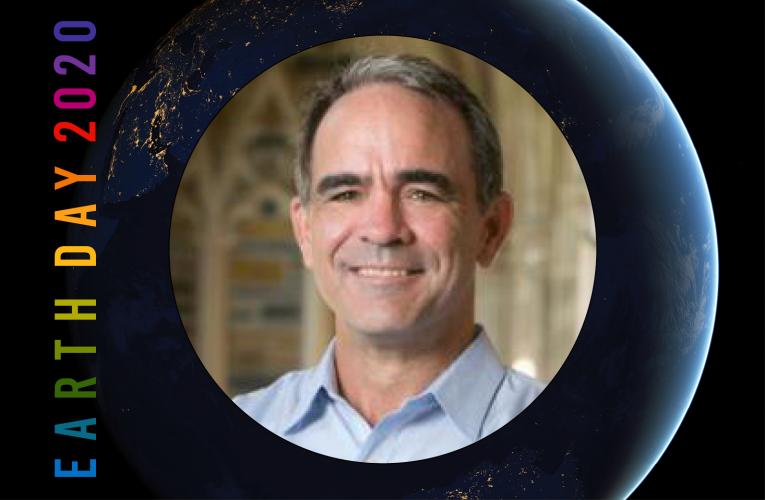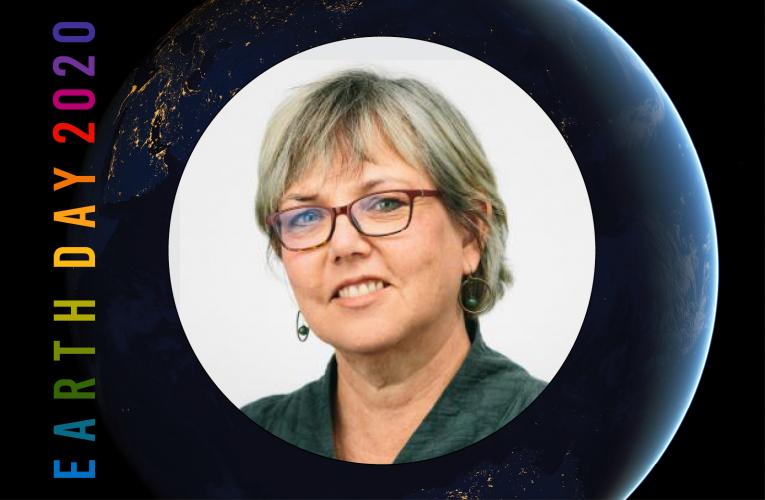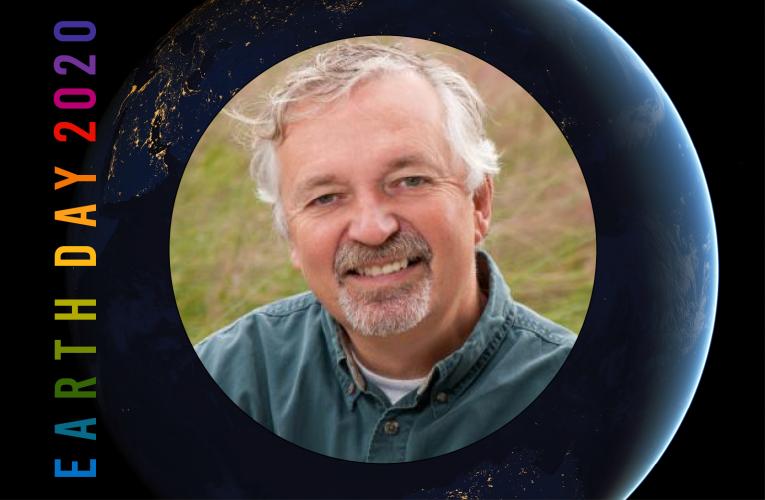Tim Lucas
(919) 613-8084
tdlucas@duke.edu
by Heather Stapleton, Dan and Bunny Gabel Associate Professor of Environmental Health, and Kate Hoffman, assistant research professor
Fifty years ago, most Americans thought that the environment rarely affected human health except in rare instances of industrial contamination, or in some occupations.
It wasn’t long, however, before reports of chemical contamination in the environment, and in our food, started increasing. Chemicals were being found in places that they shouldn’t, and unusual clusters of disease began appearing more and more frequently.
Fish in the open ocean were found with high levels of mercury in their tissues; animals along the Hudson River were found with very high concentrations of chemicals used during the manufacture of electrical transformers (PCBs); and cattle in Michigan became sick due to an accidental poisoning of their feed with a flame-retardant chemical (PBB 153). In these cases, the contamination was subsequently linked to human exposure.
The realization that we were swimming in a soup of manmade chemicals began to grow, and people began to speak up.
Public concerns led to the development of chemical regulation, which moved to the forefront of the national political agenda. After extensive debate from industry groups and environmentalists, Congress passed the Toxic Substances Control Act (TSCA) in 1976.
TSCA gave the EPA authority to request information on chemical manufacturing in the U.S., and under some circumstances, require toxicity testing. For the first time, TSCA also created an inventory of chemicals used in the U.S. In the year that TSCA passed, the Centers for Disease Control and Prevention began measuring human exposure to environmental contaminants in the general population.
The past several decades have seen a rapid increase in our analytic ability to measure these exposures.
We can now identify chemicals in the environment and in the human body in parts per billion and we have come to appreciate that it isn’t just exposure to individual chemicals that might impact our health. Using highly precise instrumentation (e.g. high-resolution mass spectrometry), we can now measure exposure to hundreds of environmental chemicals in one small sample of water, soil or even human blood, providing information about the chemicals someone encountered over a period of time.
The more we’ve learned about chemical exposures, the more we’ve learned about their potential to impact our health – and this knowledge about chemical exposures and health is not limited to the scientific community. The American public is increasingly aware of chemicals in the products they buy, eat and use, and they are helping to reduce environmental exposures by pushing industry to get those chemicals out.
For example, a 2008 report on Bisphenol A (BPA) - a chemical used in manufacturing plastic - explained that the chemical posed significant health risks – and was detectable in nearly the entire population. Public outcry pushed major retailers to pull BPA-containing products from store shelves.
Today we have seen similar pressures to remove chemicals that have changed products from furniture to food to hygiene. We – scientists, doctors, and neighbors – learn and work together with increasing frequency to improve public health. Building on these relationships and capitalizing on our collective strengths will be increasingly important in the coming decades, as we learn more about our chemical environment and its potential to impact our health.






